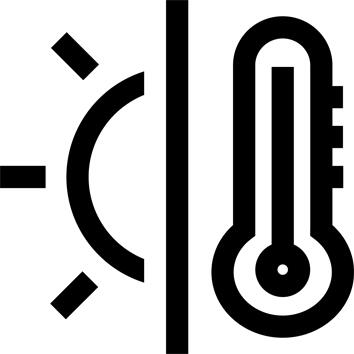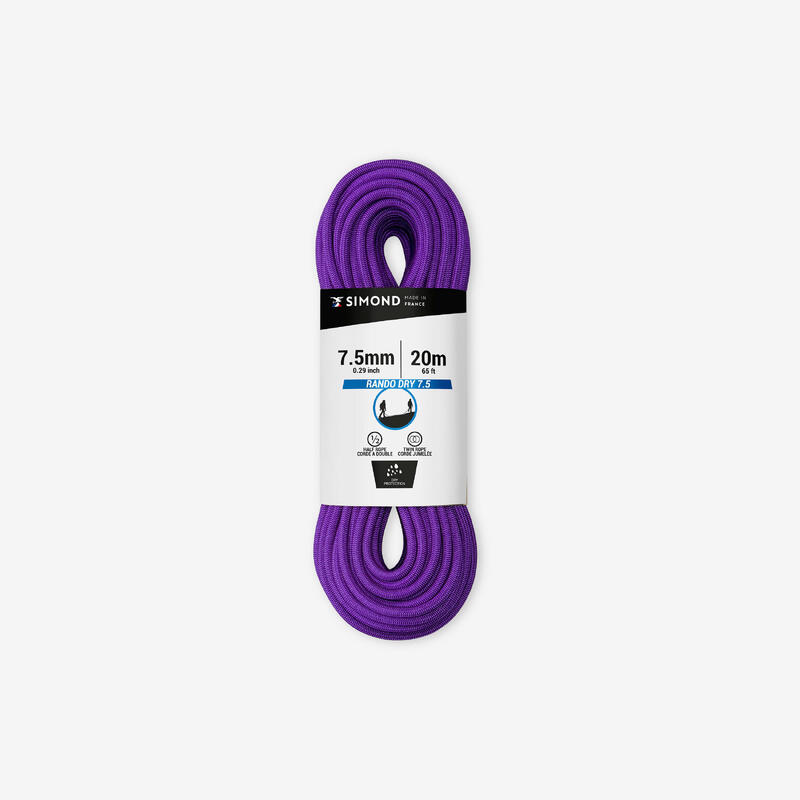Thermal insulation and reinforcement details
One-piece, wet-type 3 mm with back closure. Watertight seams thanks to GBS (GBS Glued & Blind Stitched) bonding. Once the thin film of water (drawn in through the zipper) is trapped between your body and the suit, there is no water circulation, and therefore no water renewal. It is this film of water that provides your thermal insulation.
The suit is fitted with reinforcements to limit wear on the knees.
Glued and sewn joints - GBS
The suit's seams are watertight, assembled using GBS (Glued and Blind Stitched): the neoprene is first glued, then sewn for added strength (the needle doesn't go all the way through the neoprene to prevent water infiltration).
Why use a 3 mm combination?
Even in warm water, the body will eventually cool down (25 times faster than in air). Using a thin 3 mm wetsuit will enable you to limit this drop in temperature, so you can enjoy your activity for longer. In addition, using a full-body wetsuit provides almost total protection from UV rays and the underwater environment (coral, etc.).
Thermal performance class
This scuba diving suit offers thermal protection tested by the independent institute INPP (Marseille-France) to validate its compliance with the current standard NF EN 14225-1:2017
This suit is approved for water temperatures above 25°C.
What is a wet suit?
This type of wetsuit is the most common on the market. Its purpose is not to act as a barrier to the water, but rather to trap it and allow your body to warm it up, creating a thermal buffer between you and the outside world. Made from neoprene - a rubber polymer filled with air bubbles - these suits come in thicknesses from 0.5 to 7 mm . As such, they make excellent diving suits, as they are flexible and modular.
Tips for putting on your wetsuit
Slide your foot into a plastic bag. Then tuck your leg into your wetsuit... Your foot comes out in its entirety and without snagging!
To adjust it, ask a third party to blow into your sleeve, from the wrist. The air intake inflates the inside of the neoprene suit and instantly lifts it off your skin. You can then easily make final adjustments.
Tips for maintaining your wetsuit
11) After each session, soak the suit in clear water on both the inside and outside. 2) Use a bactericidal solution to sanitize. 3) Rinse well with clean water. 4) Dry on a wide hanger in a shaded, well-ventilated area. Caution: the sun discolors the textile parts of the suit and accelerates the aging of the neoprene. Zippers can be cleaned with a toothbrush, and lubricated with silicone grease.
Weight
XS : 0.7 kg
S : 0.75 kg
M : 0.8 kg
L : 0.9 kg
XL : 1 kg









